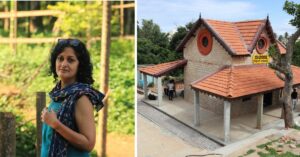Once Parched, Maharashtra Village Becomes Drought-Free & Earns Rs 72 Crores/Year
Tired of walking miles for a pot of water, Kadwanchi village in Maharashtra's drought-prone Marathwada turned it around with a stunning example of water conservation. Today, its residents are earning crores from grape farming
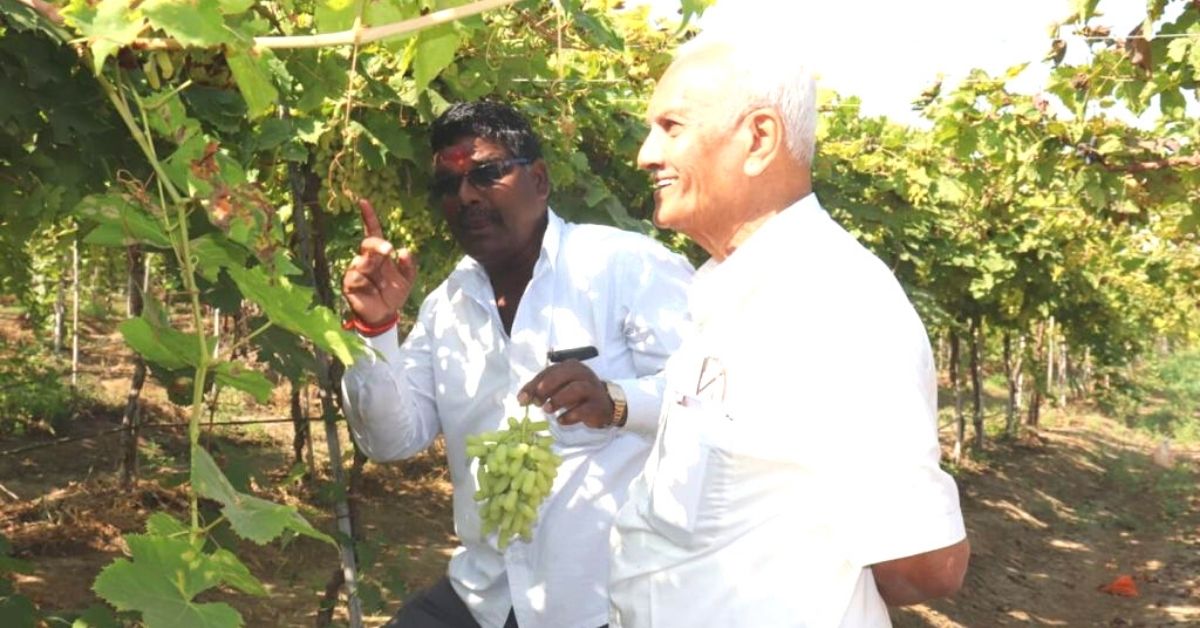
Kadwanchi village, which is about an 80 km drive from Aurangabad in the parched Marathwada region of Maharashtra, is an oasis. The village has 650 farm ponds, and the groundwater sources such as wells and borewells have adequate water all year round.
A 54-year-old Chandrakant Kshirsagar, ex-sarpanch and the village head, says the village has a record 1,500 acres of grape vineyards with several acres of pomegranate and other crops that enable the farmers to lead a comfortable life.
Though the village, with a population of over 1,000, is now living a prosperous life, the situation 35 years ago was quite different.
Chandrakant says, “The village land was barren. I could barely water 0.75 acres of my vineyard in 5-acre farmland. The village’s river had dried up and the groundwater resources depleted due to overexploitation. Even as the streams started flowing during the monsoon, the surface water flowed away without percolating in the ground.”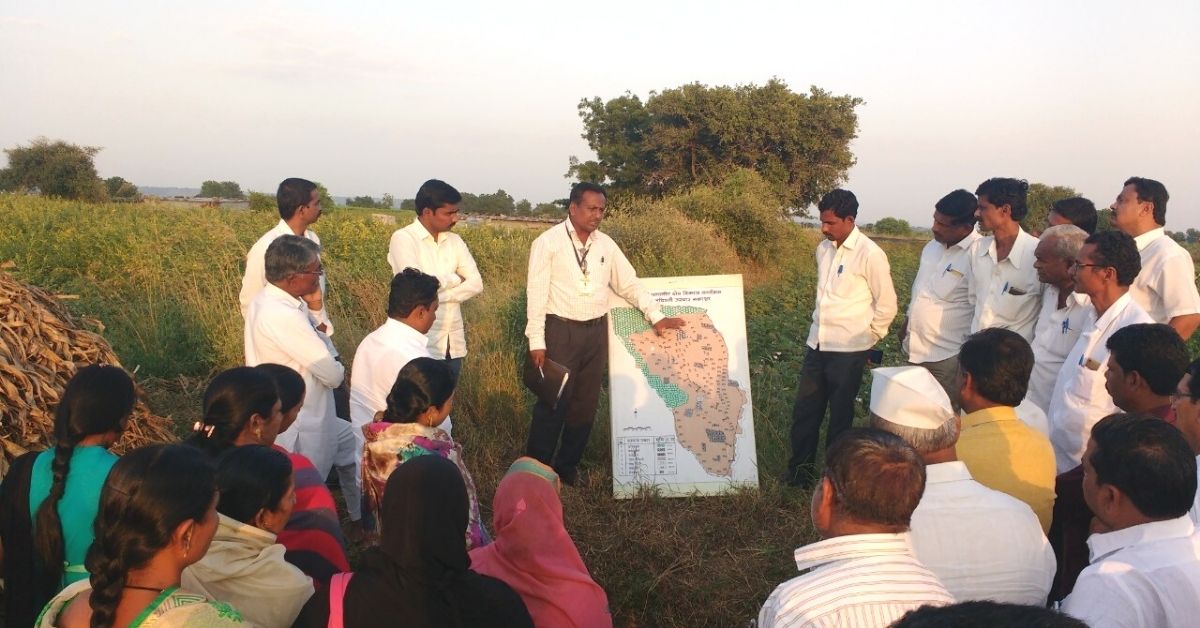
However, since the mid-1990s, the villagers stepped up and took drastic efforts to transform their lives. They constructed farm ponds and carried watershed management work that reap benefits even after 20 years.
Thanks to the effort by Vijay Anna Borade of Marathwada Sheti Sahitya Mandal (MSSM), engineers from the Krishi Vigyan Kendra—an extended agricultural sector of the Central Government’s Indian Council of Agriculture Research—along with the villagers, the village is now drought-free.
In an earlier article by The Better India, we spoke of the dire state of the Kadwanchi village. Four years on, the villagers have prospered with droughts being a thing of the past.
A Life-Altering Transformation
Chandrakant says, “The Marathwada region is plagued with long spells of drought, leading to heavy crop loss and one of the reasons for farmer suicides. The case was no different with Kadwanchi in 1995. Women walked long distances in the scorching sun to fetch a pot of water and the villagers depended heavily on tankers and migrated to work as sugarcane labourers in other parts of the state.”
As the villagers braced for another drought year, he adds that one Vijay Anna Borade from Patoda and associated with MSSM visited the village and shared an example of watershed work in Jodgaon village of the neighbouring Beed district. “He suggested we carry out watershed management along with water conservation works to implement and improve the water scarcity of the village,” he says.
Tired of living in despair, Chandrakant adds that the villagers were willing to give it a try. “The residents agreed to contribute for the labour works and other requirements to build barrages, Continuous Contour Trenches (CCT) and other structures to arrest the rainwater and percolate it in the ground,” he adds.
Moreover, the villagers built farm ponds to store water for peak summer months.
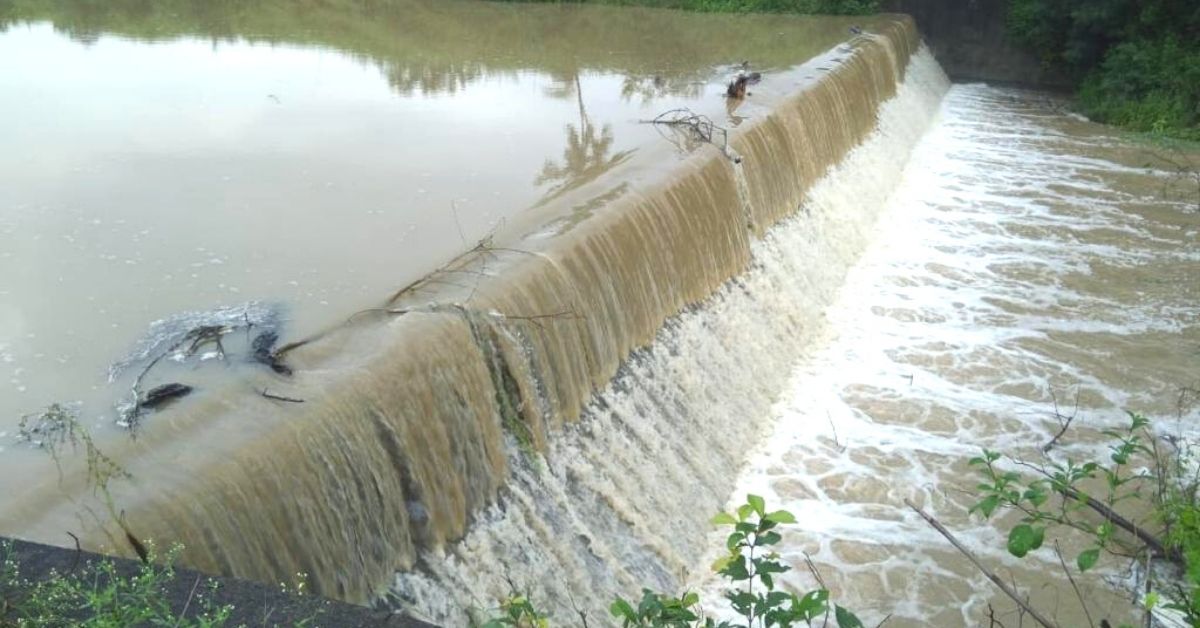
Chandrakant says that many drought-prone villages take such measures but Kadwanchi earned massive success. “Usually, the efforts usually die down, and the work does not deliver expected results. But our success can also be attributed to the change in our farming methods. The farmers switched to drip and sprinkle irrigation and gave up on water-intensive crops like sugarcane and wheat. Instead, they cultivated grapes, pomegranate, sweet lime, lemon, soybean and red gram,” he adds.
By early 2000, their conditions started improving, and farmers expanded their agricultural land.
Citing an example of their success, he says, “In 2012, the district registered only 198 mm of rainfall. Even then, no farmer lost their grape vineyards as there was enough water available for the plants to survive.”
Over the years, Chandrakant increased his agricultural land to 30 acres and grew grapes over 12 acres. “The farmers are now collectively planning to export the grapes from the coming season,” he says, adding the cumulative yearly income of the village increased from Rs 74 lakh in 2000 to Rs 70 crore in 2019.
Now 75-years-old, Vijay says, “The locals were convinced and agreed to take the effort because they saw economic benefits in it. They hoped that if the model worked, their financial issues would be solved too.”
Vitthal Anna, a villager owning 18 acres of agricultural land, says that the water availability has made him prosperous. “Earlier, the village could not manage even 10 acres of sugarcane for cultivation but now we grow hundreds of acres of grapes. My income of Rs 3.5 lakh in 2010 has now increased to Rs 40 lakh by growing grapes in 10 acres of land. I have 3.5 acres of farm ponds and the remaining land is used to grow Kharif and Rabi crops,” he says.
Moreover, Vijay adds that the aspect of sustainability was equally responsible in problem-solving. “The residents were prepared to become self-sustained and were guided in that direction. They chose to follow the directions by maintaining the implemented water conservation works and carried them forward to their benefit. Such determination determines whether a particular project will fail or succeed,” he says.
‘How The Tables Have Turned’
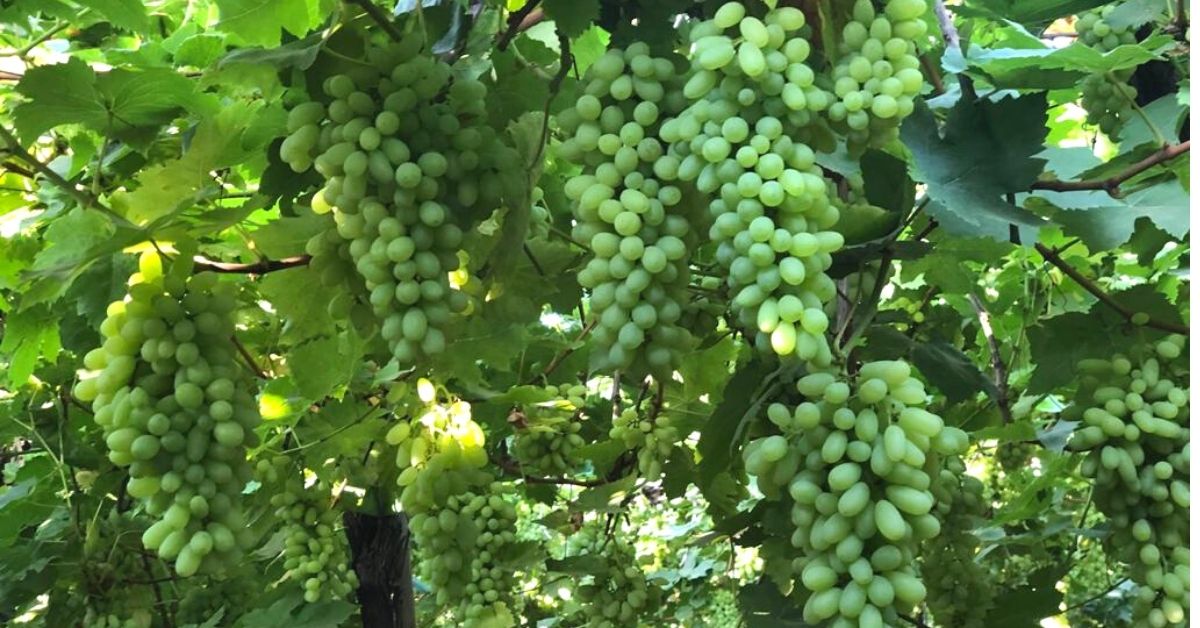
Speaking about the challenges, Vijay shares that there were always people who opposed new ideas and initiatives. “People and community participation are fancy terms but it’s difficult to implement on ground. At times, the residents felt demotivated to carry out the shramdaan (voluntary labour work). On such occasions, some engineers and I picked up the tools and equipment ourselves to show our support and motivate the villagers,” he explains.
Pandit Wasre, an engineer at the KVK who managed the execution of the project, says, “In 1995, the Jalna office received Rs 1.15 crore under the Indo-German Watershed Development Programme (IGWDP) to execute water conservation across 100 villages in the district and Kadwanchi was among them.”
“A forest of 200 acres on private lands was created with trees like bamboo, teak, banyan and Sheesham. The forest area serves as a safe habitat for birds and other biodiversity elements in the vicinity,” he says.
Pandit adds that impressed with their success, neighbouring villages such as Mangur, Shahi and Ghetuli replicated their water conservation model.
However, Eshwer Kale, a senior researcher at Watershed Organisation Trust (WOTR), in his observations, warns that farmers in the semi-arid region may be exploiting the farm pond usage. In the paper titled ‘Problematic Uses and Practices of Farm Ponds in Maharashtra’, he states, “Farmers extract a huge amount of groundwater to store in large-sized farm ponds.”
Eshwer also points out the loss due to evaporation of the surface water in the ponds and the use of plastic to prevent it from percolating in the ground may prove to be unsustainable practices in the long run. He suggests measures and the need to regulate farm pond practices.
To limit the numbers and size of the farm ponds, he suggests a ban on using groundwater for farm ponds, bringing alternatives to plastic, constructing common farm ponds and implementing measures to reduce evaporations.
But for now, the villagers are revelling in the fruits of their efforts. “There was a time when villagers used to migrate for work but today about 500 migrants from different states of India come to the village for labour work and earn an income. That’s how the tables have turned,” he says.
Edited by Yoshita Rao
This story made me
- 97
- 121
- 89
- 167
Tell Us More
We bring stories straight from the heart of India, to inspire millions and create a wave of impact. Our positive movement is growing bigger everyday, and we would love for you to join it.
Please contribute whatever you can, every little penny helps our team in bringing you more stories that support dreams and spread hope.






